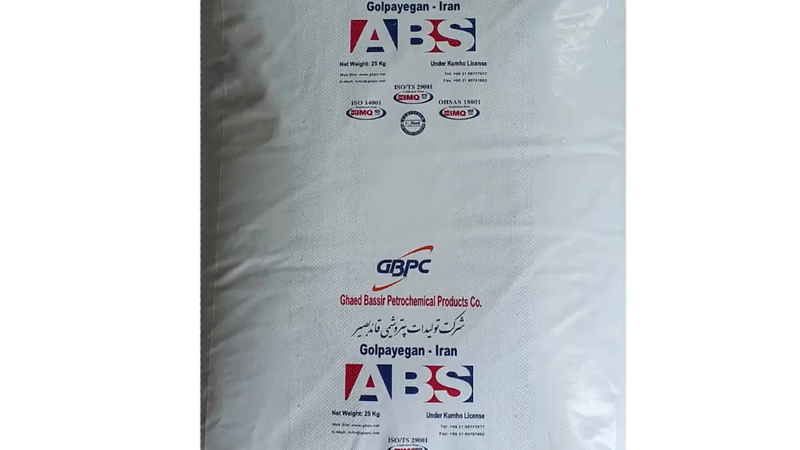
ABS polymer offers durability and versatility in plastic injection.
ABS has excellent impact resistance, making it suitable for applications that require components to withstand mechanical stresses and impacts without breaking or deforming easily. ABS is relatively easy to process using plastic injection molding techniques. It has good flow properties, allowing for the production of intricate and complex part geometries with high dimensional accuracy. ABS can be easily modified or blended with other polymers or additives to enhance specific properties or achieve desired characteristics. This versatility allows for customization and adaptation of ABS to meet specific application requirements.
ABS provides a smooth and glossy surface finish when injection molded, reducing the need for additional finishing processes such as polishing or painting. ABS exhibits good resistance to a variety of chemicals, including acids, alkalis, and oils. This chemical resistance makes it suitable for applications where contact with different substances is expected. ABS is a matte amorphous thermoplastic polymer that is suitable for industries such as plastic injection that require hard, durable and inexpensive plastic. The chemical structure of this polymer allows it to be recycled and modified, which reduces the percentage of production error in the plastic injection process.
Features such as machinability, good dimensional stability, high resistance to oils and chemicals acidic and alkaline, dielectric, creep resistance and the ability to combine with other polymers are the main advantages of using ABS in plastic injection. ABS can emit a noticeable odor and small amounts of volatile organic compounds (VOCs) during processing. Adequate ventilation is necessary to ensure a safe working environment. Now that we have talked about the many advantages of this polymer, it is good to balance the scales a bit by talking about its disadvantages:
- This material has a low melting point, which makes it unsuitable for the production of equipment such as medical implants and accessories that are used at very high temperatures.
- Despite resistance to chemicals, this resistance to corrosion and dissolution is very low.
- Materials made of ABS are very weak against UV rays.
- These disadvantages make ABS unsuitable for use in all plastic injections and reduce its efficiency.
As you can see, this polymer has a lot of advantages and variety that allows you to produce a variety of plastic products with its help. Ductility, reasonable price and relative resistance to external factors make this material one of the most popular raw materials for plastic injection, which you can find many examples of in your kitchen, toolbox and desk. ABS has moderate shrinkage and a tendency to warp or deform during cooling after injection molding. Proper design considerations, such as adequate wall thickness and gate placement, are required to minimize these effects.
ABS has relatively lower heat resistance compared to some other engineering thermoplastics. It can soften or deform under high temperatures, limiting its use in applications that involve exposure to elevated temperatures. ABS is prone to degradation when exposed to ultraviolet (UV) radiation from sunlight. This can result in color fading, surface degradation, and reduced mechanical properties over time in outdoor applications. ABS is less resistant to weathering compared to certain other polymers. It may experience yellowing, cracking, or degradation when exposed to prolonged sunlight, moisture, or harsh environmental conditions.
-
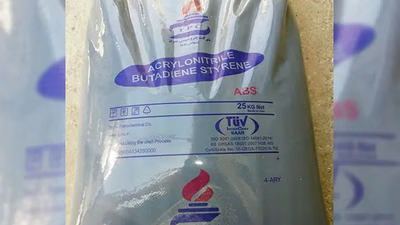
ABS polymer is widely utilized in the automotive sector for injection-molded components, including interior and exterior parts like dashboard panels and bumper covers. Its applications extend to electronic enclosures, consumer goods, and various household items due to its moldability and aesthetic appeal. The affordability of ABS makes it a preferred choice in the plastic injection industry. Additionally, ABS"s structural diversity allows for various properties, enabling manufacturers to create products with different shapes and uses. The polymer is also employed in appliance components, toys, recreational products, and certain medical devices due to its durability, impact resistance, and chemical resistance. Innovations such as MBS alloy have emerged to enhance ABS"s properties, offering alternatives with high transparency but lower tensile strength. Overall, ABS remains a versatile material in plastic injection molding across multiple industries.
-
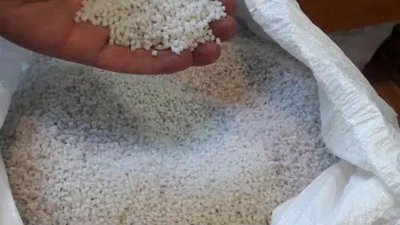
Asia"s abundant reserves of acrylonitrile, butadiene, and styrene make it a prime location for ABS polymer production. Countries like South Korea, Taiwan, and Japan have advanced petrochemical industries supported by significant investments in infrastructure and technology. Major producers such as LG Chem, Chi Mei Corporation, and Formosa Plastics Corporation leverage their proximity to raw materials and major markets to reduce costs and enhance delivery efficiency. The region"s favorable policies promote growth in the petrochemical sector, further boosting ABS production capabilities. In the Middle East, companies like Tabriz Petrochemical and Ghaed-Basir Petrochemical also contribute to ABS manufacturing. The demand for ABS is rising due to rapid industrialization across Asia, with applications spanning automotive, electronics, and construction sectors. Competitive pricing is achieved through lower labor costs and efficient supply chain management. However, challenges such as recycling contamination need addressing to maintain quality in recycled ABS products.
-
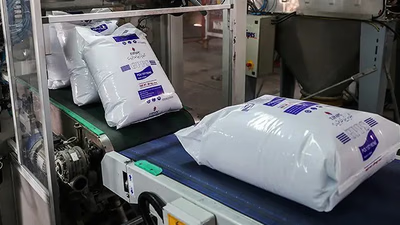
ABS plastic is valued for its mechanical properties, including toughness, impact resistance, and rigidity, making it ideal for various industrial applications. Its thermal stability allows it to maintain performance under temperature fluctuations, while its chemical resistance enables use in environments with exposure to acids and oils. ABS is widely utilized in the automotive sector for components like dashboards and bumpers due to its durability and moldability. In consumer electronics, it serves as a material for housings and connectors. Additionally, ABS is popular in 3D printing for creating prototypes and functional parts. Despite some disadvantages such as flame sensitivity and opacity, these can be mitigated through alloying with other materials. The ease of processing ABS through methods like injection molding enhances its appeal across industries, including household appliances and construction. Its versatility allows customization to meet specific application needs.
-
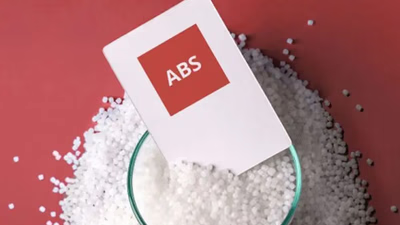
Acrylonitrile Butadiene Styrene (ABS) is a widely used thermoplastic polymer known for its toughness, impact resistance, and dimensional stability. Composed of acrylonitrile, butadiene, and styrene, ABS combines the strengths of these monomers to create a versatile material suitable for various industries. Its properties include chemical resistance, heat resistance, and hardness from acrylonitrile; impact resistance from butadiene; and rigidity from styrene. ABS is prevalent in consumer electronics like keyboards and phone cases, as well as in automotive parts, household appliances, and construction materials. The polymer"s machinability allows for precise component production through conventional methods such as cutting and drilling. ABS is also cost-effective compared to other engineering thermoplastics and offers good electrical insulation properties. However, it may not be suitable for all applications due to its limited chemical resistance and potential degradation under prolonged sunlight or high temperatures. Therefore, careful consideration of application requirements is essential when selecting ABS. "
-

ABS polymer offers significant advantages for plastic injection molding, including excellent impact resistance, ease of processing, and good flow properties. Its versatility allows for modifications to enhance specific characteristics, making it suitable for various applications. ABS provides a smooth surface finish, reducing the need for additional finishing processes. It also exhibits good chemical resistance, making it ideal for environments where contact with different substances is common. However, ABS has notable disadvantages such as a low melting point, which limits its use in high-temperature applications like medical implants. Its resistance to corrosion and UV rays is also low, leading to potential degradation over time when exposed to sunlight or harsh conditions. Additionally, ABS can warp during cooling and has moderate shrinkage that requires careful design considerations during production. Despite these drawbacks, the material"s ductility and affordability contribute to its popularity in producing everyday plastic products. "





